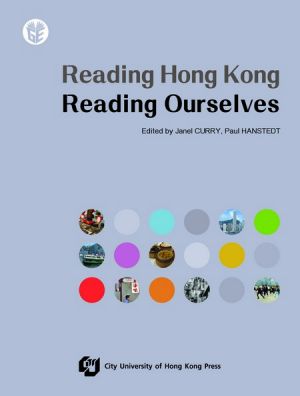Kung Fu and Science
Kung Fu has evolved from a traditional means of defence to become a system of attacking and defending oneself, with or without weapons, exercising the body and maintaining good physical and mental health. As such, these practices have found an international following. Yet what has remained a largely unexplored area is the scientific principles behind these martial arts.
This book not only covers the brief history of Chinese martial arts, but also brings together the wisdom of a Kung Fu grand master with a scientist and teacher to explain the scientific reasons why Kung Fu is the powerful practice that it is. Using the principles of physics, biomechanics and biology, with a number of drawings showing some basic postures of Kung Fu, the authors present a deep understanding of how the styles, the specific movements and methods of attack and defence operate.
This book arose from the course “Science in Chinese Kung Fu” I teach in City University of Hong Kong. As a scientist and a practitioner, it is something which has always intrigued me. As there are so many practitioners of Kung Fu around the world it was thought that this might be of interest to a wider audience or indeed that it may appeal to those with an interest in Kung Fu but who have felt, perhaps, that it lacked a solid scientific basis.
We discuss the scientific flavour of Kung Fu and explain how science makes Chinese Kung Fu more effective and more versatile. This book is interdisciplinary in nature, and includes aspects of classical mechanics to understand how Kung Fu works in action. In addition, bio-mechanics, a concept used to describe martial arts in motion, is explained using fundamental physics concepts. Finally, the book offers a different view, based on science, of how Kung Fu can help to maintain physical and mental health.
This is a collaboration of three parties. Fen Sun carried out much research and writing, particularly on the historical, civilisation and ethics parts. T. K. Leung is a Wing Chun Sifu (master) who gave advice on postures, stances and real combat situations for which I then provided the scientific interpretation.









